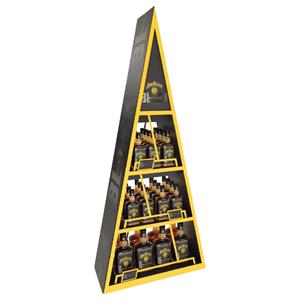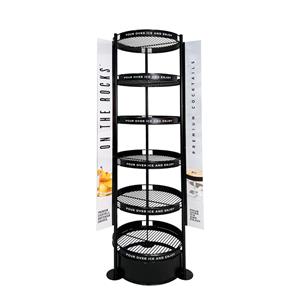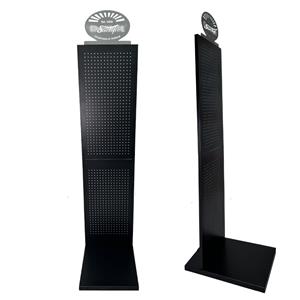How LCD Displays Help Rural America Stay Efficient Under Tariffs
Abstract
Deep in rural America — especially those red counties that still think politics and barbecue mix well — Trump’s tariff policies have stirred a new kind of economic anxiety. Factories once proudly waving the patriotic tariff flag now find themselves crunching numbers instead of profits. Even as farmers tighten their belts and small-town manufacturers cut coffee budgets, the world of display technology is having its own identity crisis. Products like lcd screen, lcd display, lcd, rack mount monitor, and lcd monitor now carry not only pixels but also the weight of global economics. As America redefines its industrial direction, these shining panels symbolize more than brightness — they mirror confidence, adaptation, and survival.
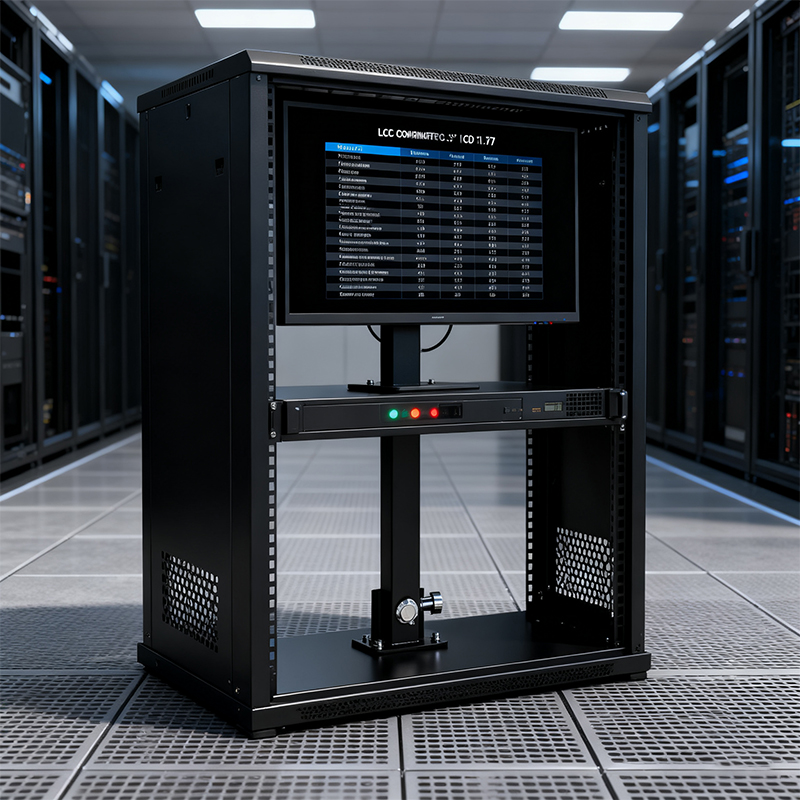
1. Tariffs and Tension: The New Industrial Reality
At first, rural manufacturers saw tariffs as a heroic stand for American jobs. Months later, however, rising costs and jittery suppliers turned that patriotism into a pricey hobby. Factories that rely on imported lcd display parts or integrate lcd screen modules into their systems are now paying more — and waiting longer.
Take a small Indiana plant assembling control panels: their industrial machinery runs on lcd monitors and their data rooms depend on a rack mount monitor. Each shipment now arrives stamped with “tariff adjustment” — the modern-day version of “handle with care.”
Even the resilient lcd industry isn’t immune. When policies shake the ports, every inland lcd screen flickers a little dimmer.
2. Why LCD Displays Still Matter (Even When Budgets Don’t)
Tariffs may chip away at profits, but lcd display technology remains the backbone of modern manufacturing visibility and automation. From farm offices tracking crop yields to rural factories controlling conveyor belts, an lcd screen isn’t just a gadget — it’s the window to efficiency.
Businesses using lcd monitors to track production or rack mount monitors to keep servers humming understand one thing: clear visuals equal clear decisions. Without reliable lcd solutions, small-town manufacturers might as well be working blindfolded.
That’s why the smart ones are adapting. They’re sourcing smarter, buying in bulk, or finding creative detours around tariffs to keep their lcd display infrastructure intact — because no one wants their progress pixelated.

3. Rack Mount Monitors and LCD Monitors: The Unsung Heroes of Industry
While flashy consumer tech gets the spotlight, rural factories rely on quieter heroes: the rack mount monitor and the trusty lcd monitor. These are the workhorses of control centers, assembly lines, and testing labs — the strong, silent types of industrial romance.
Picture a grain plant in Kansas where a rack mount monitor tracks temperature data while an lcd monitor visualizes production rates in real time. When tariffs hike prices, operators face a balancing act between performance and affordability — a bit like choosing between organic coffee and staying awake.
In this world, reliability rules. A single lcd screen can save an entire production shift from chaos. These devices don’t demand headlines or applause — they just keep rural America humming, one pixel at a time.
4. Evolution Under Pressure: When LCD Screens Get Tough
Ironically, economic hardship often sparks innovation. U.S. display suppliers are rethinking sourcing, investing in local assembly, and reengineering the humble lcd display to reduce costs without dimming quality. Some are even experimenting with modular lcd panels and energy-efficient lcd monitors — durable, affordable, and surprisingly clever.
For tech-savvy farmers and factory owners, these improvements mean smoother operations even when the economy feels like a shaky tractor ride. Whether it’s a weatherproof lcd screen by the roadside or a rugged rack mount monitor in the barn control room, these devices prove one thing: technology never stops evolving, even if politics does.
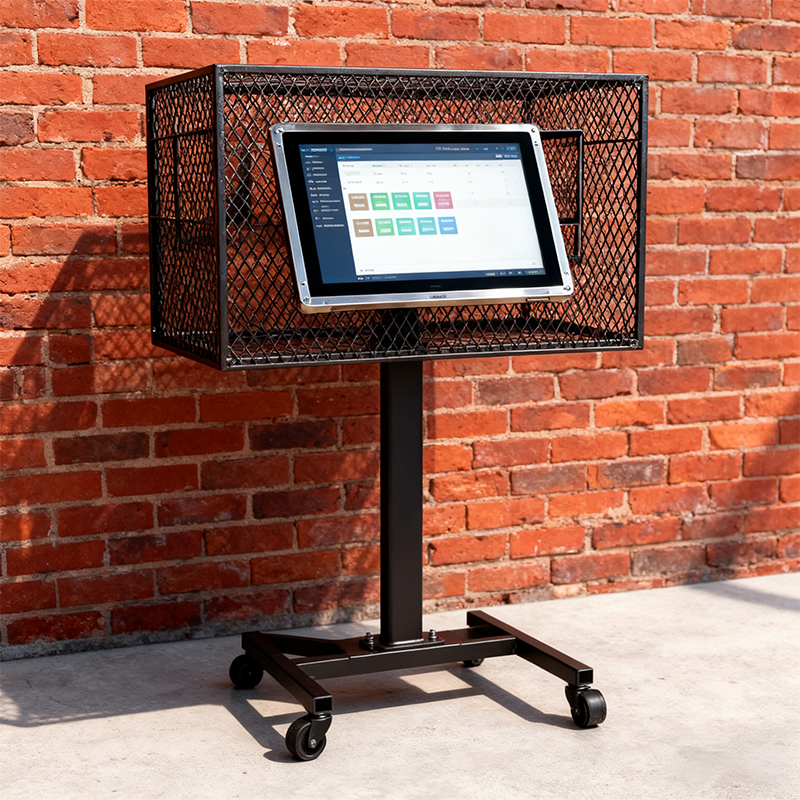
5. Finding Clarity in Uncertain Times
Tariffs may force rural America to rewrite its playbook, but resilience remains the defining trait. The display industry is adapting — one lcd monitor at a time — to build smarter, more flexible, and more locally integrated systems.
Businesses that diversify suppliers and prioritize high-quality lcd display systems will weather the storm more gracefully. After all, a bright lcd screen isn’t just about pixels; it’s about perspective. Whether it’s a new rack mount monitor in a factory or an upgraded lcd in a farm office, clarity always wins — especially when the world feels blurry.
FAQ
Q1: How do tariffs affect lcd screen pricing?
They raise the import cost of components used in every lcd screen and lcd display, nudging manufacturers to hunt for domestic or alternative suppliers.
Q2: Why is the rack mount monitor so important in manufacturing?
Because a rack mount monitor keeps data centers organized and control panels efficient — it’s the backbone of industrial uptime.
Q3: Are lcd monitors still worth the investment?
Absolutely. A durable lcd monitor guarantees visibility and control, even when the economy throws curveballs.
Q4: Can lcd displays now be sourced locally?
Some U.S. firms are setting up lcd display assembly lines to reduce import dependency and tariff exposure.
Q5: What’s the long-term outlook for lcd technology in rural America?
Expect smarter, greener innovations — from modular lcd screen setups to advanced rack mount monitor systems — as the industry adapts to new realities.
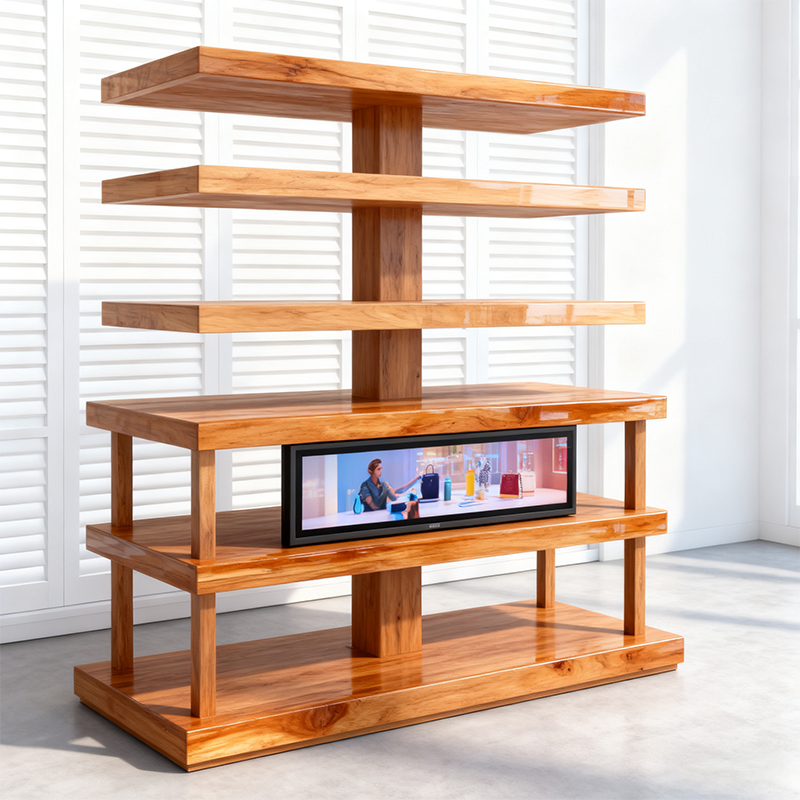
Conclusion
The tension between tariffs and technology is reshaping rural America’s industrial heart. Yet even amid uncertainty, display innovation continues to shine the way forward. From factory floors to farm offices, every lcd screen, lcd display, lcd, rack mount monitor, and lcd monitor tells the same story: clarity is power, and visibility means survival.
Sintop Value
At Sintop, we support manufacturers facing pressure from tariffs and rising operating costs by delivering high-reliability display rack solutions engineered for industrial environments.
Why Sintop delivers value during economic uncertainty:
Industrial-grade structures to support lcd screens, lcd displays, rack mount monitors, and lcd monitors securely and safely
Customizable mounting and layout options to meet factory, server room, and control-panel scenarios
Durable, long-life build quality that reduces replacement costs and protects ROI
Fast customization and global sourcing capability to prevent delays and supply-chain disruptions
With Sintop, rural manufacturers don’t have to choose between budget and performance — our display fixtures ensure operational clarity, safety, and uptime, even in the toughest markets.

Contact information
Website: www.sintopfixtures.com
Wechat/WhatsApp: +86 15980885084
Email: elly@xm-sintop.com
FAQ
1. What are store fixtures?
Store fixtures are essential equipment and furniture used in retail spaces to display, organize, and store merchandise. Examples include shelving units, racks, display cases, counters, and hooks.
2. Why are store fixtures important?
Store fixtures enhance the shopping experience by organizing products, improving accessibility, maximizing space, and creating appealing displays that attract customers and boost sales.
3. What types of store fixtures are commonly used?
Common types of store fixtures include:
Shelving Units(wall shelves, free-standing shelves, adjustable shelving)
Display Cases (glass cases, countertop cases)
Racks (clothing racks, display racks)
Counters (checkout counters, service counters)
Hooks and Pegboards
End Caps
Signage and Graphics
Mannequins
4. How do I choose the right store fixtures for my retail space?
Consider your merchandise type, store layout, and branding needs. Fixtures should be functional, complement your store's design, and fit within your budget. Evaluate your space to determine the best fixture types and configurations for optimal product presentation and customer flow.
5. Can store fixtures be customized?
Yes, many store fixtures can be customized to align with your store's branding and specific needs. Customization options include materials, colors, sizes, and designs. Collaborating with a fixture supplier or designer can help create fixtures that match your store’s style and functional requirements.
6. How can I maximize space with store fixtures?
Utilize fixtures that optimize vertical space, such as wall-mounted shelves and tall display racks. Modular and adjustable fixtures can adapt to changing merchandise or store layouts. Plan your store layout carefully to ensure efficient use of space and smooth customer flow.
7. How do I maintain store fixtures?
Regularly clean and inspect fixtures to ensure they remain in good condition. Check for wear and tear, and repair or replace damaged parts. Follow manufacturer guidelines for maintenance and cleaning to extend the lifespan of your fixtures.
8. Can store fixtures be used for different types of retail stores?
Yes, store fixtures can be adapted for various retail environments, including clothing stores, electronics shops, grocery stores, and more. The choice of fixtures depends on the specific needs and merchandise of the store.
9. How can store fixtures improve the customer experience?
Well-designed fixtures make products easy to find and browse, enhancing the overall shopping experience. Effective use of fixtures creates an organized, aesthetically pleasing environment that encourages customers to spend more time in the store.
10. Where can I purchase store fixtures?
Store fixtures can be purchased from specialized fixture suppliers, retail equipment stores, or custom fixture manufacturers. Online retailers and local suppliers also offer a wide range of options.

